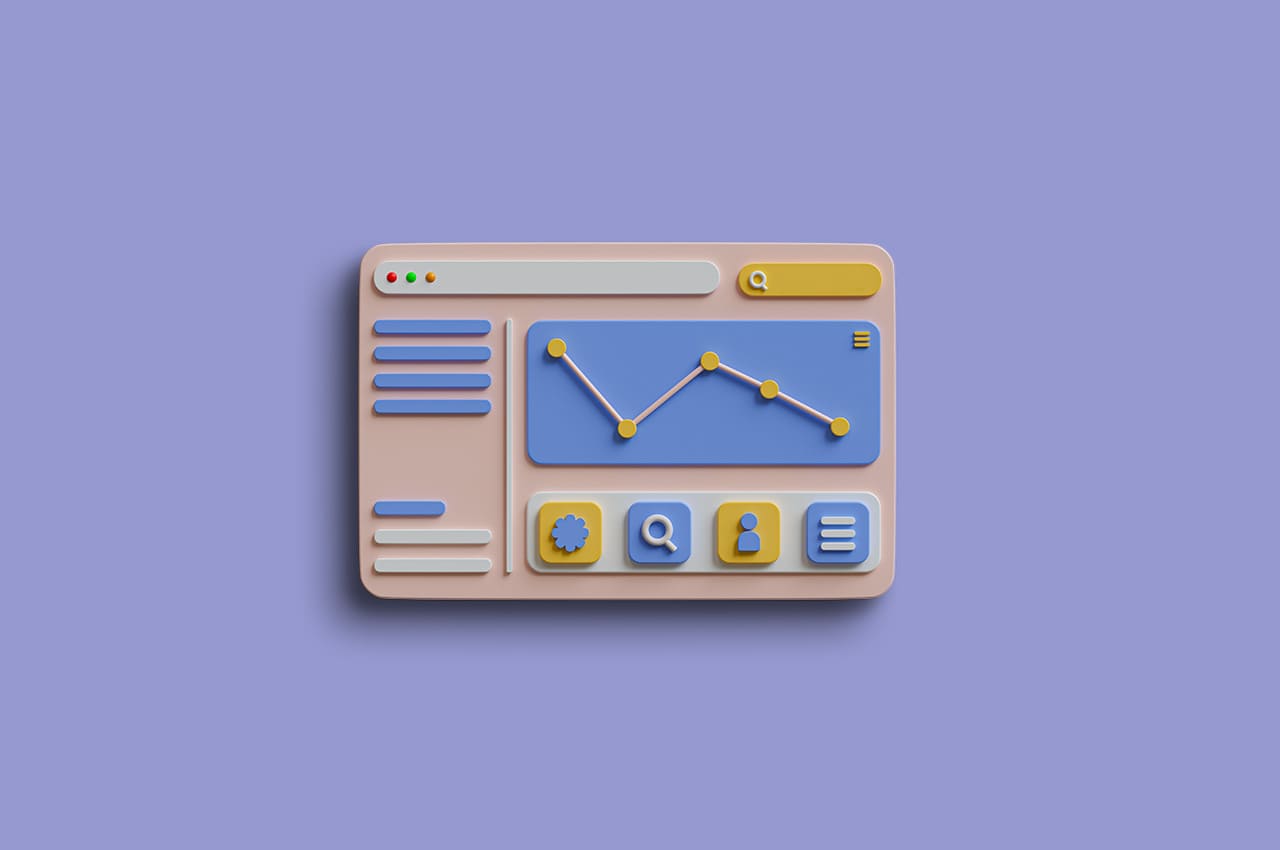How to Create Custom Admin Interface in Django in 2023

The Django framework provides an excellent built-in admin interface that allows developers to manage and interact with their application’s data easily. While the default admin interface is powerful and functional, there may be scenarios where you want to create a custom admin interface tailored to your specific application requirements.
In this blog post, we will explore how to build a custom admin interface in Django, giving you complete control over the user experience and functionality.
Prerequisites:
Before we dive into creating a custom admin interface in Django, make sure you have the following prerequisites in place:
- Django Installed: You should have Django installed on your local development environment. You can install Django using pip: `pip install django`.
- Basic understanding of Django: Familiarity with Django’s models, views, and templates is essential to follow along with this tutorial.
Step 1: Creating a Django Project and App
To get started, create a new Django project and app using the following commands:
$ django-admin startproject custom_admin_interface
$ cd custom_admin_interface
$ python manage.py startapp custom_admin
Step 2: Setting Up the Admin Interface
Django’s admin interface is controlled by the `admin.py` file in your app. Open the `admin.py` file in the `custom_admin` app and import the necessary modules:
from django.contrib import admin
from .models import YourModel
Register your model(s) with the admin interface by adding the following code:
admin.site.register(YourModel)Step 3: Creating Custom Admin Templates
Django’s admin interface relies on templates to render the UI. To customize the admin interface, we need to override these templates. Create a new directory named `templates` in your `custom_admin` app. Inside the `templates` directory, create another directory named `admin`. This is where you will place your custom admin templates.
To override the default change list template, create a file named `change_list.html` inside the admin directory and customize it as per your requirements. Similarly, you can override other templates like `change_form.html`, `add_form.html`, etc., to tailor the admin interface to your needs.
Step 4: Customizing Admin Views
Django provides the option to customize the behavior of admin views by creating subclasses of the built-in `ModelAdmin` class. In your `admin.py` file, define a subclass of `ModelAdmin` and customize it as needed. For example:
from django.contrib import admin
from .models import YourModel
class YourModelAdmin(admin.ModelAdmin):
list_display = ('name', 'date_created', 'is_active')
list_filter = ('is_active',)
search_fields = ('name',)
admin.site.register(YourModel, YourModelAdmin)
In the above example, we customize the `YourModel` admin view to display specific fields in the list view, add a filter, and enable search functionality.
Step 5: Adding Custom Actions
Django’s admin interface allows you to add custom actions to perform bulk operations on selected items. To add custom actions, define a method in your `ModelAdmin` subclass and decorate it with the `@admin.action` decorator. For example:
from django.contrib import admin
from .models import YourModel
class YourModelAdmin(admin.ModelAdmin):
# ...
@admin.action(description='Activate selected items')
def activate_items(self, request, queryset):
queryset.update(is_active=True)
In the above example, we define an action named `activate_items` that activates the selected items when executed.
Step 6: Enhancing the UI with CSS and JavaScript
To further customize the admin interface, you can enhance the UI using custom CSS and JavaScript. Create a static files directory in your app by creating a folder named `static` and place your CSS and JavaScript files inside it. Load these files in your custom admin templates to apply the desired styles and functionality
To read more about creating a powerful CRUD app using Django, refer to our blog How to Create a Powerful CRUD App Using Django
Conclusion:
In this blog post, we have covered the basic steps to create a custom admin interface in Django. By customizing the admin templates, views, and actions, you can tailor the admin interface to match your application’s specific requirements. Remember to leverage Django’s documentation for more advanced customization options and explore third-party libraries and packages that provide additional admin interface customization features. With a little creativity, you can create an admin interface that perfectly suits your needs.




